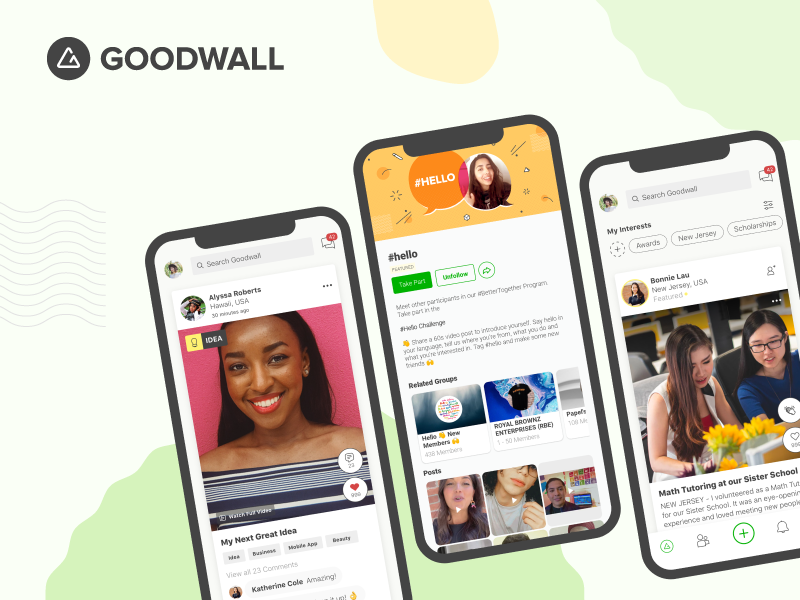Are you getting everything you want and need and then some? If not, then why are you settling for anything less?
You deserve the very best, don’t you? This especially is true through how you make a living. The perks and benefits you receive say a lot about the company you work for.
It’s crucial to choose wisely and make sure you understand what is being provided for.
These deciding factors can make or break if a job is the right fit for you. Would you like to know the difference between perks and benefits? Read our guide below to unpack everything you need.

Looking to Land Your Dream Job?
Sign up to Goodwall!
- Learn skills to become more competitive
- Create a professional portfolio to highlight accomplishments
- Search through over 5 million jobs & internships
- Ask career questions and receive support
Download the app now to get started for FREE!
What Are Perks?
Employee perks can be classified as anything that will benefit an employee’s well-being. You can tell a lot about a company’s culture through its perks.
These perks are non-wage-based and aren’t as important as employee benefits in the employee’s decision-making process. You can think of them as bonuses to sweeten the deal.
Examples of employee perks include:
- Flexible schedules
- Gym memberships
- Company car
- Standing desks
- Discounted travel
- Premium hotel suites
- Summer Fridays
- Free food and snacks
When searching for employment, do not see commute length and growth opportunities as employee perks—they aren’t. They are merely circumstantial factors in the decision-making process. Remember to always ask questions before accepting the position.
There are performance-based employee perks as well. An example of this would be an employee recognition program. This is another form of incentivizing your employees by acknowledging achievements, gamification, and teamwork.
Related Read: How to Choose a Career: The Complete Guide to Picking One You’ll Love
What Are Benefits?
Employee benefits complement an employee’s salary through non-wage-based compensation. When seeking out employment, a common question or concern is benefits.
They will cover the basic needs of an employee. When certain employee benefits are offered, it will alleviate some stress in their life. When natural stressors and concerns are taken care of, the employee will get their work done more readily.
Examples of employee benefits include:
- Health insurance coverage
- 401(k)
- Pre-tax transit assistance
- Stock options
- Healthcare (Medical, Dental, Vision)
- Life insurance
- Maternity/Paternity leave
- Paid Time Off
Difference Between Perks and Benefits
Are you still confused about the difference between perks and benefits? An easy way to tell the difference is employee perks are wants, and employee benefits are needs.
Think of your wants and needs. Your wants would be things like taking a trip somewhere, going out to a nice restaurant, or seeing a movie. Your needs would be food, water, money, and shelter.
Employee benefits are the more solid option, whereas perks are the bells and whistles.
Refer to Our Perks and Benefits Guide
We hope by now you have a clearer picture between perks and benefits. This ought to make your next job hunt more meaningful.
In the end, it’s up to you. If your wants and needs aren’t being met, seek elsewhere. Before you know it, you will belong to a company that respects and values you.
For more information on careers and jobs, read our blog. We thank you for reading, and please leave any questions or comments you may have on benefits and perks below!
Related Read: Work-Life Balance: What It Is & Strategies for How to Manage It Effectively



